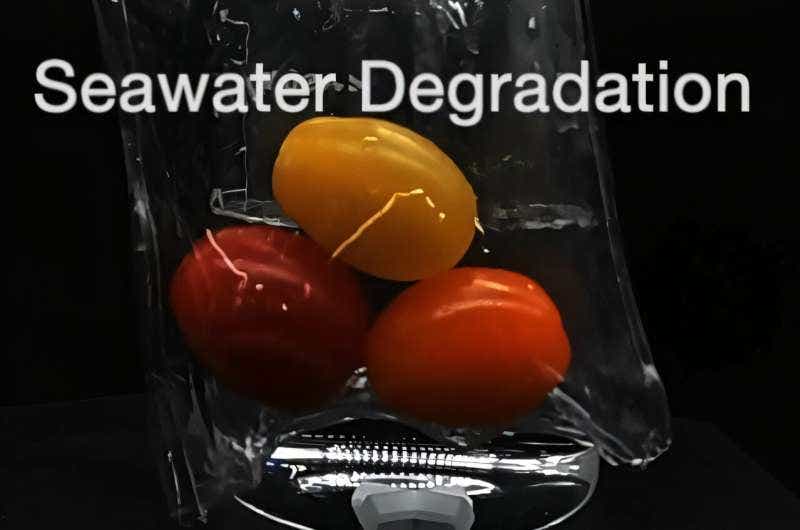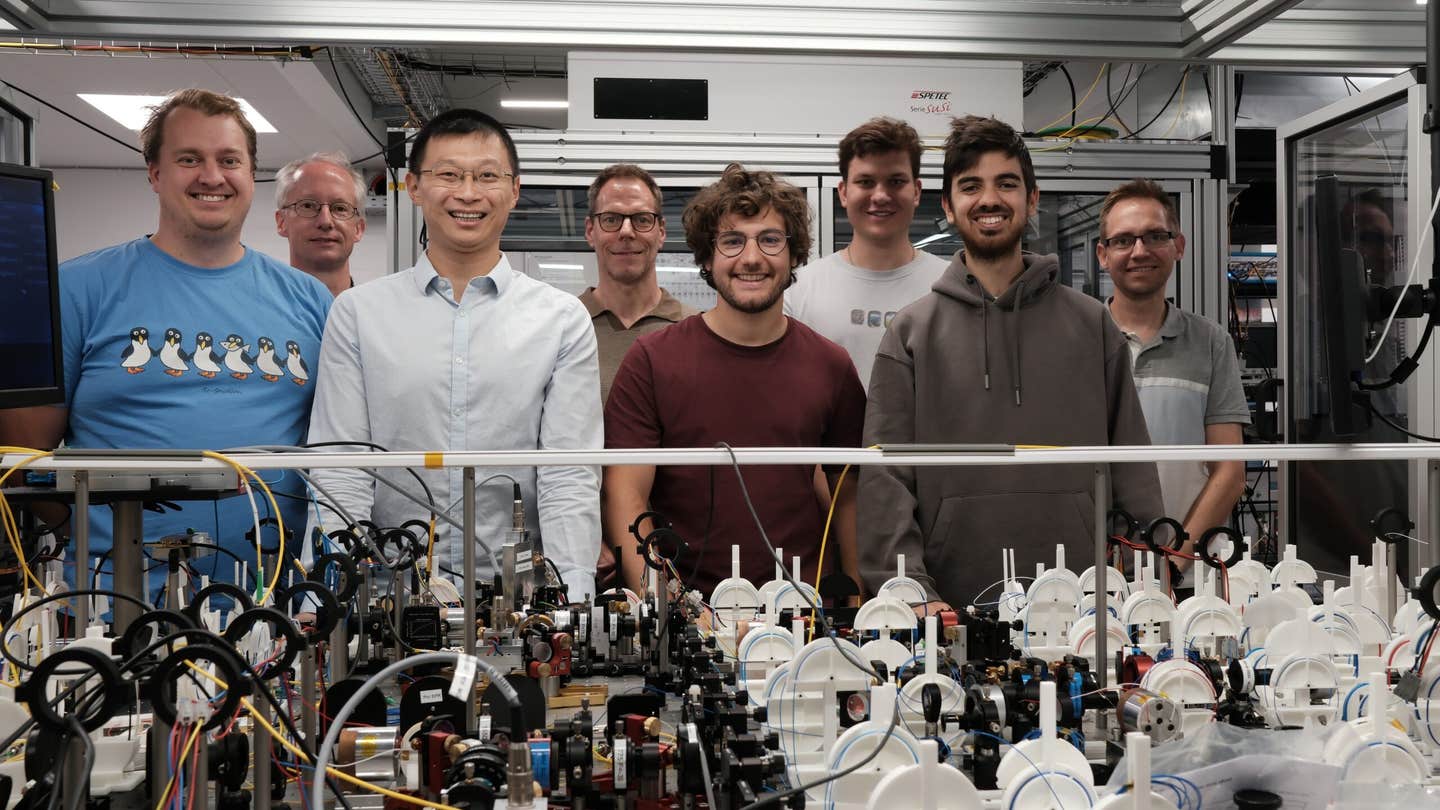Can airplanes go green?
Val Miftakhov flew Europe’s largest commercial-grade all-electric passenger plane last month

[July 31, 2020: Washington Post]
When Val Miftakhov touched down at Cranfield Airport in England last month, his Piper Malibu Mirage six-seater became the first commercial-grade, zero-emission airplane to fly in Europe. That test flight was just 21 miles. But Miftakhov, the chief executive of a Silicon Valley start-up called ZeroAvia, envisions a future of passenger planes that fly on hydrogen-powered electricity, not jet fuel.
Air travel accounts for about 2.5 percent of global carbon dioxide emissions — much less than produced by cars. Despite a temporary dip due to the coronavirus, demand for air travel has been dramatically growing and planes are projected to produce as much as 25 percent of global carbon emissions by 2050.
Miftakhov’s Piper was powered by batteries, but his company is working on integrating a hydrogen fuel cell for aviation. He conceived of ZeroAvia only a few years ago, but his aspirations for designing a hydrogen-powered plane date to childhood. A pilot with a doctorate in physics, he’s flown all of the company’s early prototypes.
ZeroAvia is part of the HyFlyer project, a U.K. government-sponsored initiative aiming to decarbonize medium-range small-passenger aircraft. The project’s final milestone will be a 300-mile test flight from Scotland’s Orkney Islands later this year. In this Q&A, which has been edited for brevity and clarity, Miftakhov spoke about achieving zero-emission flight and how government can support new sustainable technologies.
Like these kind of stories? Get The Brighter Side of News' newsletter.
How does hydrogen power work, and are there risks associated with hydrogen power compared to traditional fuel?
Think about the hydrogen tanks plus fuel cell system as a really good battery. You charge it with hydrogen, so you put gas or liquid hydrogen into your tank, but the output of that in the aircraft is electricity. That electricity then is used by the electric motors to drive the propellers. . … We’re already five times better on energy density than the best battery out there, and we can further improve it by a factor of three or four by moving from compressed gas storage hydrogen to liquid hydrogen.
To your point on safety, compressed gas has been used in now maybe over 50,000 ground transportation vehicles worldwide. Most of those vehicles are actually in warehouses — material handling equipment, trucks that move around in Amazon warehouses or forklifts — and a lot of them are powered by hydrogen fuel cells, because it’s a high-density fuel, so you don’t have to recharge so often. The fueling takes just minutes, instead of hours recharging a battery, and there is zero emission. The only emission you have is … water vapor, a little bit of humid air coming out of the system.
…. So, 50,000, give or take, of ground vehicles operating for a number of years, a lot of them with unqualified operators, regular people, and all of those run through all the safety procedures, crash testing and all that, so it’s pretty safe fuel and a pretty safe way to store it.
Is hydrogen a cost-effective energy source? The process of generating some types of clean energy can consume large amounts of fossil fuels. Is that the case here?
Our plan is renewably powered hydrogen-electric aviation. So renewable power … goes into the electrolysis systems, which is how you basically split water … using electricity, and that’s how you get hydrogen. If your electricity comes from a zero-emissions source, like solar, for example, you have … what’s called “green hydrogen,” and then you use that to power your aircraft. … Solar power has reduced in price dramatically over the last three, five years by factors, not percent, factors. And electrolysis equipment has reduced in price quite dramatically. … The key for this fuel, for hydrogen, is to produce it at the point of consumption.
What were the challenges you faced before you could reach the point of a test flight of a commercial-grade plane, as opposed to a two-seater?
When you make things bigger at high speed in the air, you burn more energy, and at some point there is no point in increasing the volume because … what you added in terms of tank capacity just gets burned to carry the tank. It doesn’t make any sense … So to even take off, you have to manage it down, and that’s part of the challenge.
The second part is building the support base of documentation and design materials for the certification authorities, for the regulators to convince them that it’s safe to take up in the air … The good thing is that the regulators, the FAA [Federal Aviation Administration[, EASA [European Union Aviation Safety Agency] … they have some degree of experience with hydrogen fuel cells, not for primary propulsion, but there were some projects around utilizing hydrogen fuel cells as supplementary power in aircraft.
What were the challenges you faced before you could reach the point of a test flight of a commercial-grade plane, as opposed to a two-seater?
When you make things bigger at high speed in the air, you burn more energy, and at some point there is no point in increasing the volume because … what you added in terms of tank capacity just gets burned to carry the tank. It doesn’t make any sense … So to even take off, you have to manage it down, and that’s part of the challenge.
The second part is building the support base of documentation and design materials for the certification authorities, for the regulators to convince them that it’s safe to take up in the air … The good thing is that the regulators, the FAA [Federal Aviation Administration[, EASA [European Union Aviation Safety Agency] … they have some degree of experience with hydrogen fuel cells, not for primary propulsion, but there were some projects around utilizing hydrogen fuel cells as supplementary power in aircraft.... Read More



